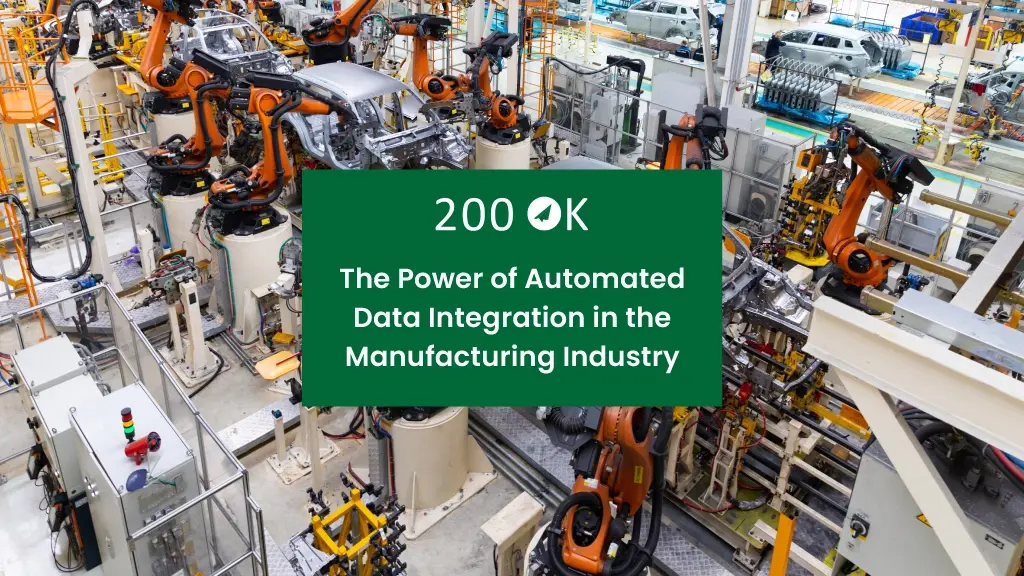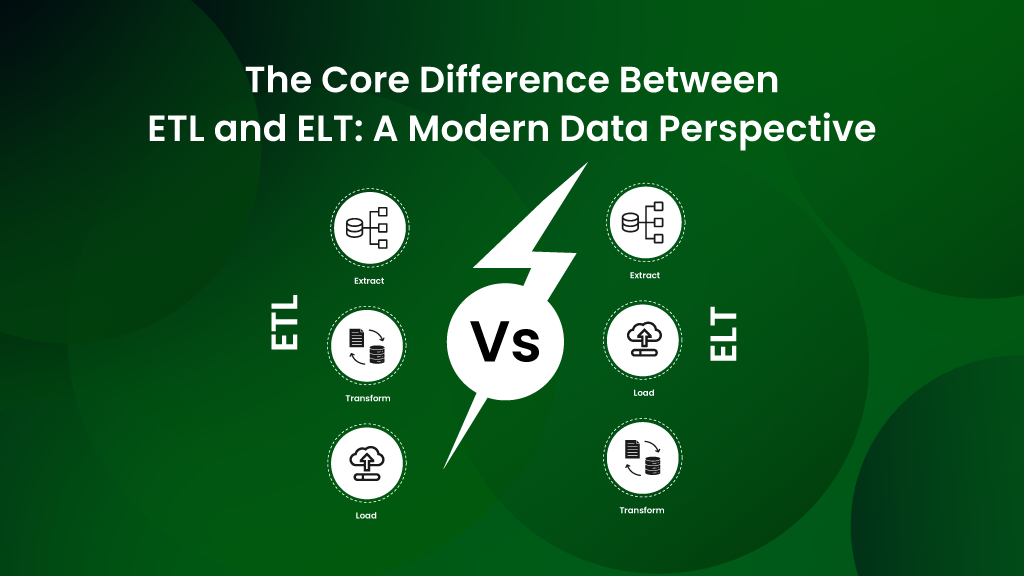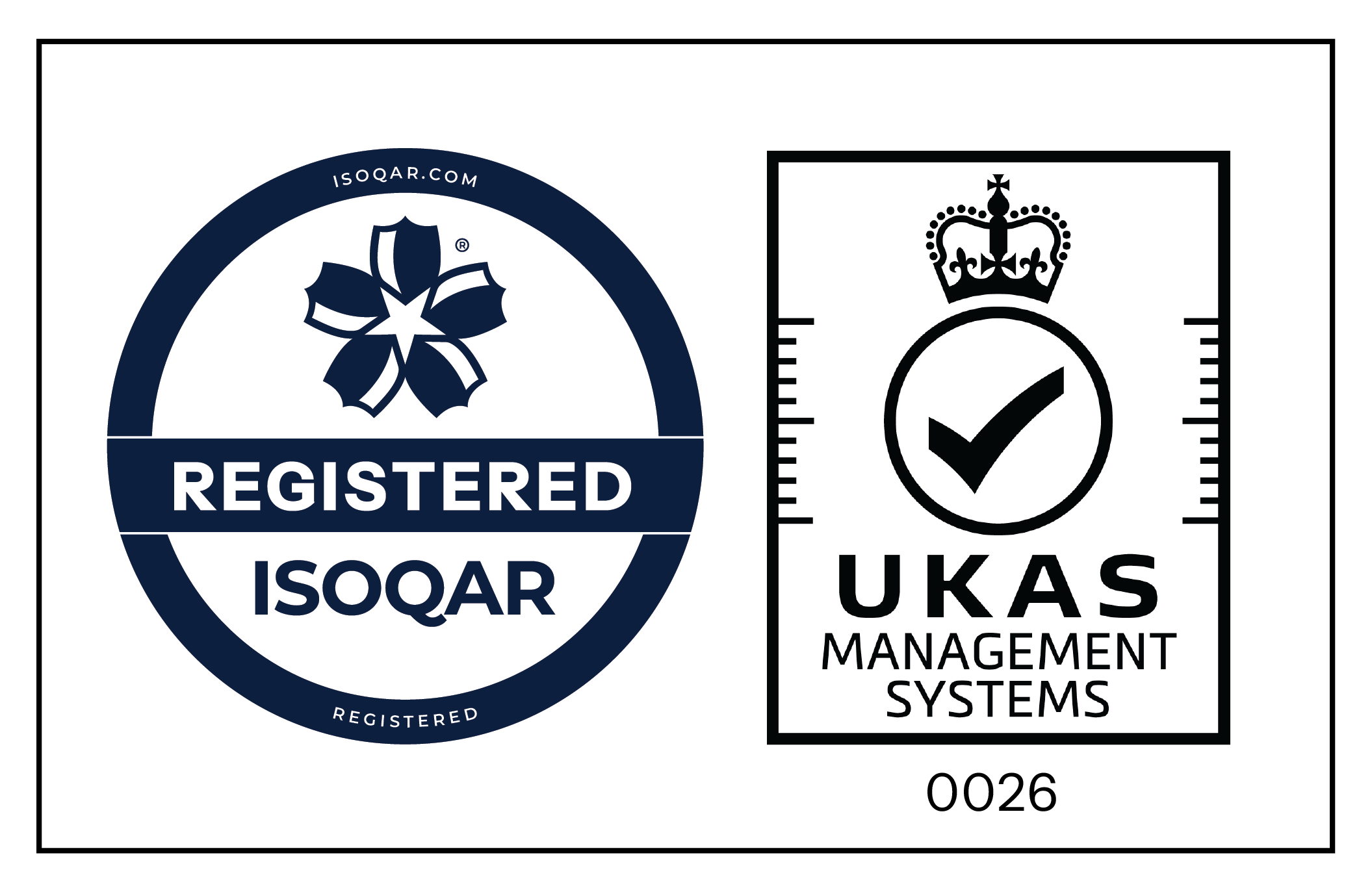In today’s digital age, data is at the heart of every industry, and manufacturing is no exception. The ability to efficiently collect, analyze, and utilize data has become a crucial factor in the success of manufacturing companies. However, with the increasing volume and complexity of data, manual data integration processes have become inefficient and time-consuming.
This is where automated data integration comes into play. By automating the process of consolidating data from multiple sources and formats, manufacturers can unlock the full potential of their data and gain a competitive edge in the market.
Streamlining Operations and Enhancing Decision-Making
In the manufacturing industry, efficient operations and real-time decision-making are key to remaining competitive. Data integration plays a vital role in streamlining operations by ensuring that information flows seamlessly across the organization.
With automated data integration, manufacturers can achieve efficient and contextually relevant data sharing, allowing different teams and departments to access the information they need when they need it. This enables faster and more informed decision-making, leading to improved operational efficiency and productivity.
Automated data integration also enables manufacturers to monitor performance in real-time and make data-driven adjustments to their processes. By connecting different systems and applications, manufacturers can gather data from various sources, such as production equipment, supply chain management systems, customer feedback, etc and analyze it to identify areas for improvement.
This continuous process improvement can result in cost savings, increased productivity, and enhanced overall performance.
Bridging the Gap between Customers and Suppliers
Manufacturers rely on strong relationships with both customers and suppliers to ensure smooth operations and timely delivery of products. However, data integration challenges can create communication gaps between different teams and departments, leading to inefficiencies and missed opportunities.
One common example is the disconnect between sales and product teams. Without access to real-time customer data, product teams may not be aware of the leads that sales teams are interacting with, making it difficult to prioritize projects and allocate resources effectively.
Automated data integration can bridge this gap by providing a unified view of customer data, enabling product teams to align their efforts with sales activities and ensure that customer needs are met efficiently.
Similarly, data integration can enhance collaboration and communication with suppliers. By sharing real-time data on raw material availability, production capabilities, and delivery schedules, manufacturers can work closely with their suppliers to optimize inventory management, reduce lead times, and improve overall supply chain efficiency.
Overcoming the Challenges of Data Silos
Data silos are a common problem in manufacturing organizations. Different departments and systems often have their own isolated repositories of data, making it difficult to access and utilize information effectively. This can lead to duplication of efforts, inconsistent data, and missed opportunities.
Automated data integration breaks down these silos by consolidating data from various sources and formats into a centralized repository. This allows for a holistic and comprehensive view of data, eliminating redundancies, inaccuracies, and inconsistencies.
With a unified data platform, manufacturers can ensure that all stakeholders have access to the same accurate and up-to-date information, enabling better collaboration, informed decision-making, and improved overall efficiency.
Ensuring Data Accuracy and Quality
Data accuracy and quality are crucial for making informed decisions and driving business success. However, according to Forbes, many business leaders are unsure about the accuracy of their data, which can lead to decision paralysis and inefficiencies.
Automated data integration not only consolidates data but also includes data cleansing and validation processes. By automatically detecting and correcting errors, redundancies, and inconsistencies in data, manufacturers can ensure that their data is accurate and reliable.
This improves the quality of insights derived from the data and increases confidence in decision-making processes.
Real-Life Use Cases of Automated Data Integration in Manufacturing
The benefits of automated data integration in the manufacturing industry are not just theoretical; they have been proven in real-life use cases. Let’s explore a few examples:
Use Case 1: Supply Chain Optimization
One of the key areas where automated data integration can make a significant impact is supply chain management. By integrating data from production systems, inventory management systems, and logistics platforms, manufacturers can gain real-time visibility into their supply chain and identify bottlenecks or inefficiencies.
For example, by analyzing data on production rates, inventory levels, and customer demand, manufacturers can optimize their production schedules and inventory levels to minimize stockouts and reduce carrying costs.
Automated data integration enables the seamless flow of information between different systems, allowing manufacturers to make data-driven decisions and ensure smooth operations throughout the supply chain.
Use Case 2: Predictive Maintenance
Another use case for automated data integration in manufacturing is predictive maintenance. By integrating data from sensors and equipment monitoring systems, manufacturers can collect real-time data on machine performance, maintenance history, and environmental conditions.
This data can then be analyzed using advanced analytics and machine learning algorithms to identify patterns and indicators of potential equipment failures. By detecting and addressing maintenance issues before they cause significant disruptions or breakdowns, manufacturers can minimize downtime, increase equipment reliability, and reduce maintenance costs.
Use Case 3: Customer Relationship Management
Automated data integration can also play a crucial role in improving customer relationship management (CRM) in the manufacturing industry. By integrating data from sales systems, customer support systems, and marketing platforms, manufacturers can create a unified view of customer interactions and preferences.
With this holistic view of customer data, manufacturers can personalize their marketing efforts, provide better customer support, and build stronger relationships with their customers. By leveraging the power of automated data integration, manufacturers can deliver a seamless and personalized customer experience, ultimately driving customer satisfaction and loyalty.
Types of Automated Data Integration
Automated data integration comes in various forms, each offering unique benefits:
Batch Integration: This involves transferring data in bulk at scheduled intervals, reducing manual effort and ensuring data consistency across systems.
Real-time Integration: Data is synchronized instantly between systems, enabling up-to-the-minute insights and faster decision-making.
Change Data Capture (CDC): Identifies and captures only the changed data since the last synchronization, minimizing processing time and reducing the risk of errors.
Replication: Replicates data from one system to another, ensuring data redundancy for backup and disaster recovery purposes
Benefits of Automated Data Integration
Automated data integration offers several benefits:
Improved Data Accuracy: By automating data transfer and transformation processes, the risk of manual errors is minimized, ensuring data integrity and accuracy.
Increased Operational Efficiency: Automation streamlines data workflows, reducing the time and effort required for manual data entry, validation, and reconciliation.
Timely Insights: Real-time or near-real-time data integration enables organizations to access up-to-date information for faster decision-making and more agile responses to changing business conditions.
Enhanced Scalability: Automated integration processes can handle large volumes of data efficiently, allowing organizations to scale their data operations as their business grows.
Cost Savings: By reducing manual labor and improving efficiency, automated data integration helps lower operational costs associated with data management.
Data Consistency: Automated integration ensures that data is synchronized consistently across different systems and applications, reducing discrepancies and ensuring a single source of truth.
Better Compliance and Governance: Automated data integration can enforce data quality standards and compliance requirements, helping organizations maintain regulatory compliance and data governance.
Overall, automated data integration enables organizations to harness the full potential of their data assets while minimizing manual effort and improving operational effectiveness.
Choosing the Right Automated Data Integration Solution
To harness the full potential of automated data integration in the manufacturing industry, it is essential to choose the right solution that meets your specific needs. Here are a few factors to consider when selecting an automated data integration solution:
-
- Compatibility and Integration Capabilities: Ensure that the solution can seamlessly integrate with your existing systems and applications, such as ERP, MES, and CRM systems. This will allow for easy data flow between different systems and enable a holistic view of your data.
-
- Scalability: Look for a solution that can scale with your business needs and accommodate future growth. As your data volume and complexity increase, the data integration solution should be able to handle the load without compromising performance.
-
- Data Security: Data security is of utmost importance, especially in the manufacturing industry where sensitive information is involved. Choose a solution that offers robust data encryption, access controls, and compliance with industry regulations to protect your data from unauthorized access or breaches.
-
- Ease of Use and Configuration: Consider a solution that is user-friendly and allows for easy configuration and customization. This will enable your teams to quickly adopt and leverage the solution without the need for extensive training or IT support.
-
- Support and Maintenance: Select a solution that offers reliable technical support and regular updates to ensure the smooth operation of the data integration processes. This will help address any issues or challenges that may arise and ensure that your data integration solution remains up-to-date with the latest technologies and security measures.
By carefully evaluating these factors and selecting the right automated data integration solution, manufacturers can unlock the full potential of their data and drive innovation, efficiency, and growth in the industry.
Integration platforms like 200 OK are great fit for automotive industries that are using Salesforce CRM, as 200 OK ensures utmost data security being a native integration platform and also it is a no-code platform which gives easy user experience.
Conclusion
In the era of Industry 4.0, where smart factories and advanced technologies are revolutionizing the manufacturing industry, automated data integration has become a necessity for manufacturers to stay competitive.
By breaking down data silos, streamlining operations, and enabling real-time decision-making, automated data integration empowers manufacturers to harness the full potential of their data.
200 OK is a powerful integration solution tailored to meet the unique data integration requirements of modern manufacturing, providing a seamless and efficient way to connect and utilize data from various sources.
To stay ahead in the Industry 4.0 landscape and unlock new possibilities for your business, connect with us today!







